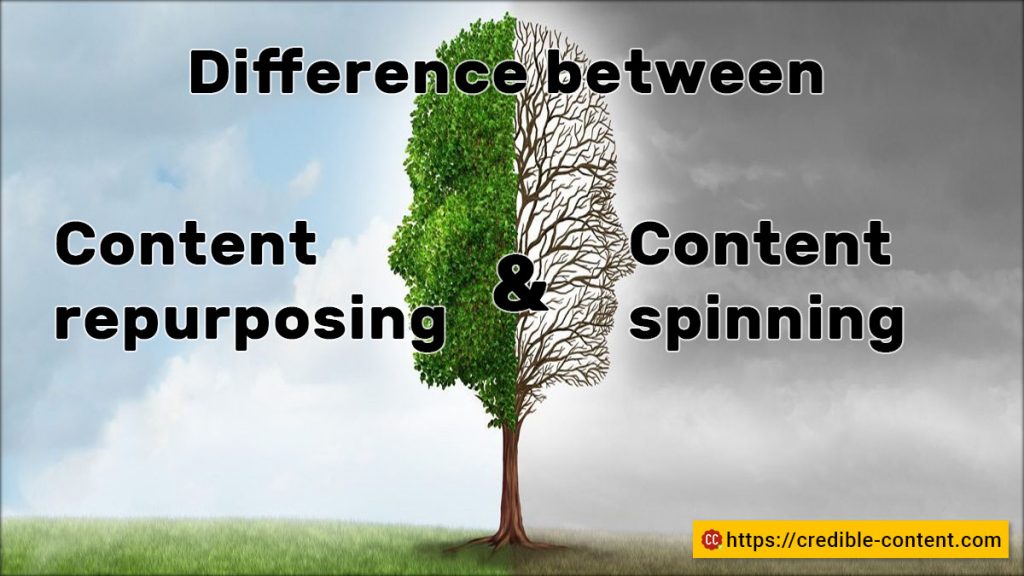Although I don’t take up content spinning assignments, now and then I get requests from clients to spin an existing article or blog post. On Quora I found that some people are confused about the difference between content repurposing and content spinning. I’m quickly explaining in this short blog post.
What is content repurposing?
Repurposing your content means creating new pieces of content from existing content. A few years ago, I published a blog post on this topic: How to re-purpose your old content.
I will give you a recent example of repurposing my blog post.
Today I published a blog post in the morning titled 6 ways to make money with blogging.
Within this blog post there a subsection titled “10 benefits of publishing a business blog”. I created a YouTube video out of this subsection:
This is called content repurposing. You use your existing content to create new content. The objective of repurposing is not to create duplicate content, but to create content in other formats.
These days I often pick up small portions from my existing blog posts and web pages and then turn them into social media posts and even carousal posts. Sometimes I pick up a subsection, and create a complete blog post on it.
What is content or article spinning?
Content spinning means rewriting the same piece a blog post or article but using different words. Nothing is original in the spinned article. Just so that Google doesn’t take it as duplicate content, you use different words and different phases.
People pick up a blog post that is doing quite well. Rephrase the title. Then rewrite the whole thing using synonyms and alternative words.
Is article spinning bad? Is it plagiarism?
It is certainly plagiarism in the sense that if you do the same thing as a journalist, as an author, or even as someone who is writing a research paper, you’re simply picking information from someone else and using it as it is, and you can be sued for that. Just because you’re using different words it doesn’t mean it is original or it belongs to you.
I don’t like such work. As a writer I find it offensive if a client expects me to spin an existing article.



